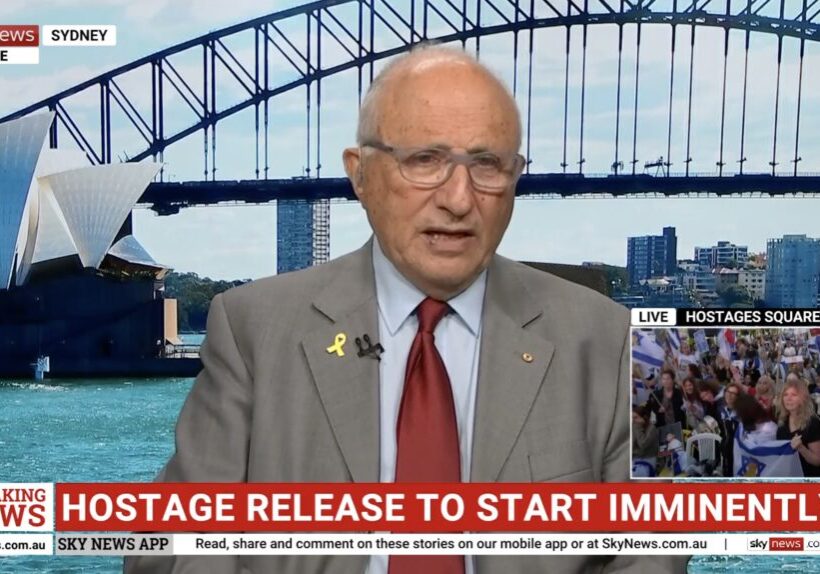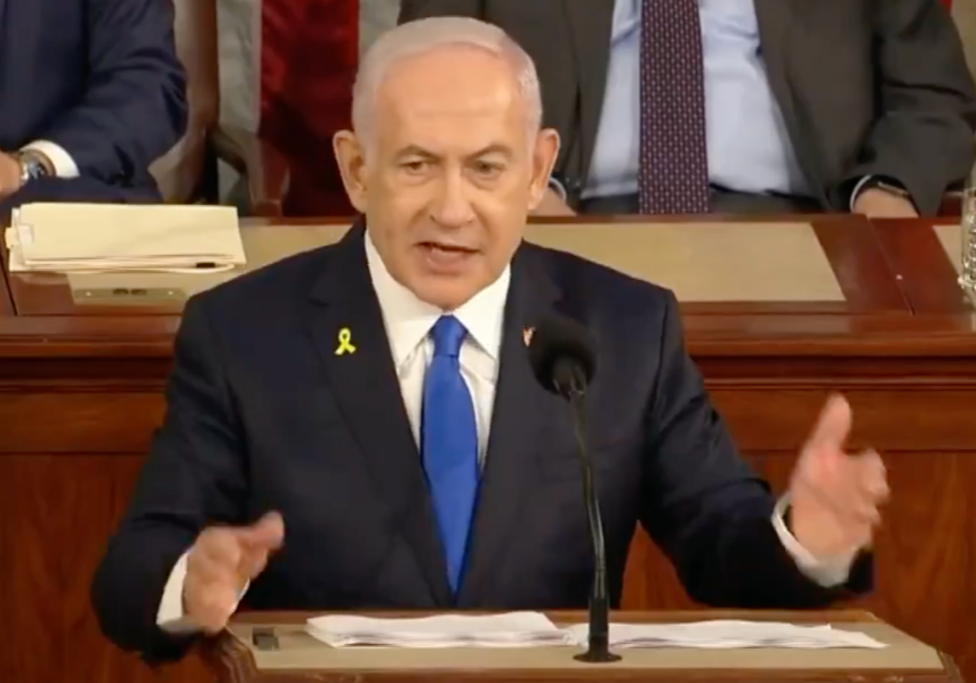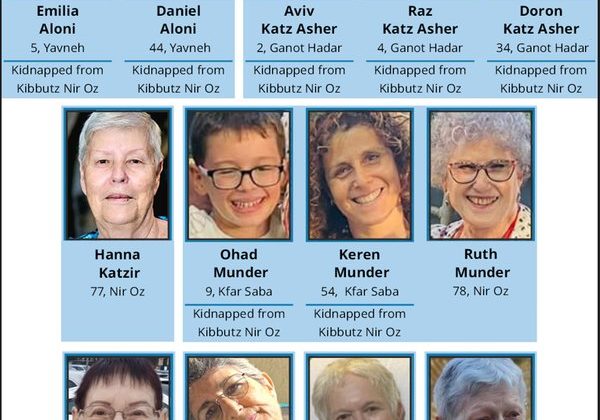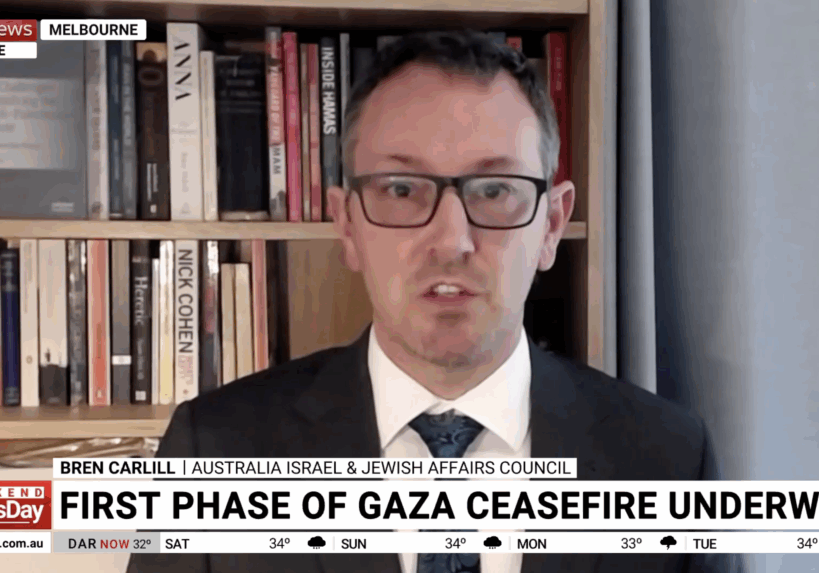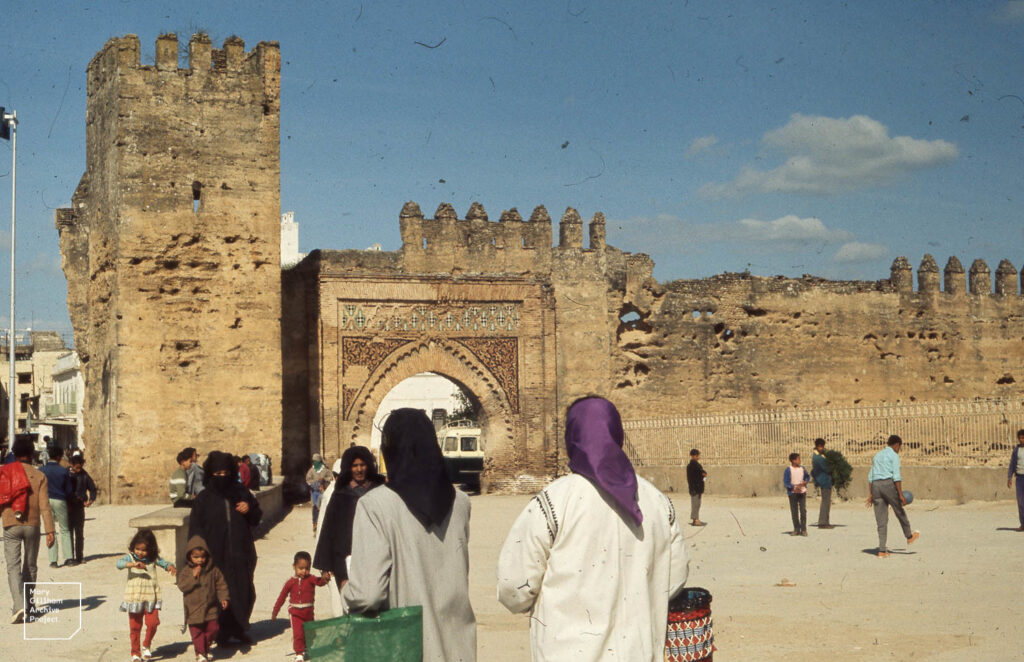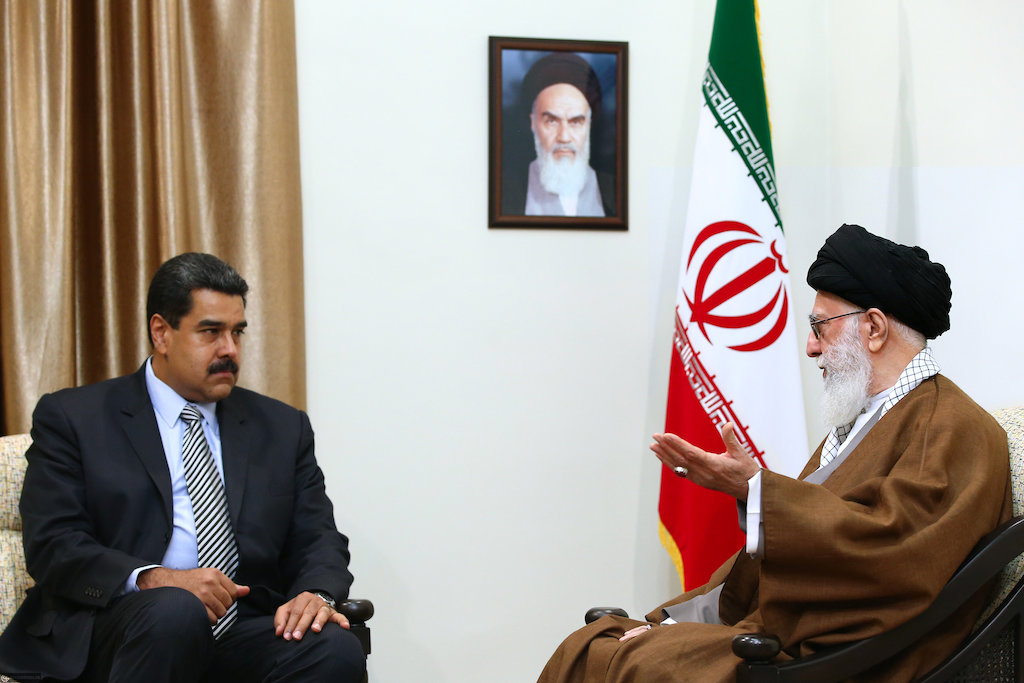FRESH AIR
Inside Israel’s strike on Iran: The intelligence coups that made it possible
June 27, 2025 | Ilan Evyatar
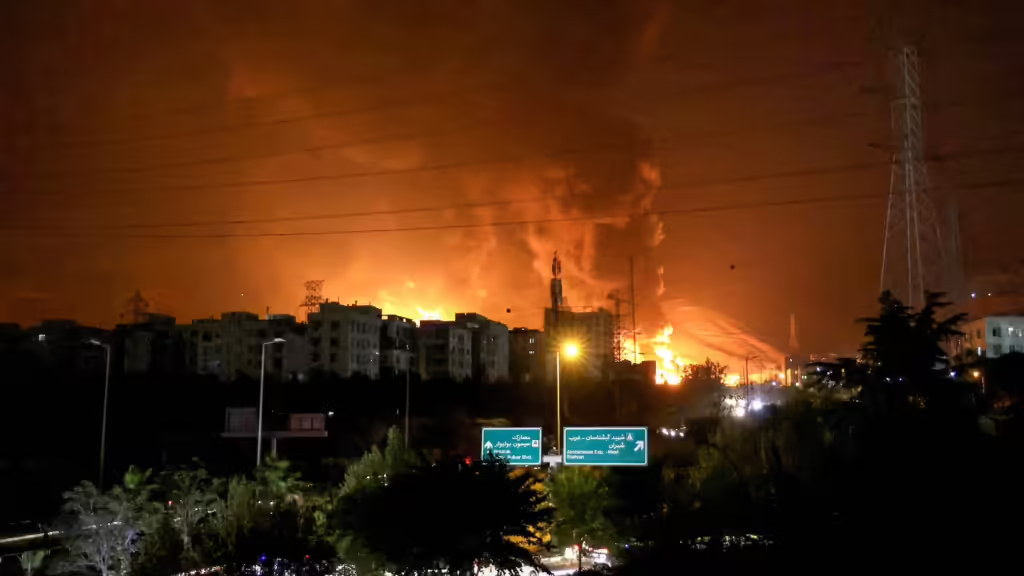
On the morning of June 13, as Israelis huddled in their bomb shelters and safe rooms and Israeli Air Force jets roared over Teheran, the world awakened to a new phase in Middle East warfare. Israel had launched Operation Rising Lion – a sweeping preventive strike that badly damaged Iran’s nuclear program, decapitated its military leadership and shattered the illusion of Iranian deterrence. But what truly enabled Israel to pull off such a devastating opening blow was not just stealth fighters and precision munitions. It was intelligence – years of it, gathered, refined and operationalised through the meticulous cooperation between the Mossad and the Israel Defence Forces (IDF).
According to Israeli sources, planning for the strike formally began in late 2024 – at the height of the war with Hezbollah – when Israeli intelligence recognised a convergence of opportunity, urgency and readiness. Hamas was no longer a significant military force after Israel’s “Swords of Iron” war launched in the wake of the October 7 massacre; Hezbollah was on its knees after the pager attack that wounded large numbers of its operatives and the strikes that killed its leader Hassan Nasrallah and many of his top commanders; and Syrian President Bashar Assad’s regime was teetering without the backing of the Lebanese organisation and would fall within a couple of weeks. The “Ring of Fire” Iran had built to surround and overwhelm Israel had been extinguished, and Iran was no longer able to deter Israel with the threat of its proxies raining down thousands of missiles on Israeli population centres.
On top of that, Israel had already destroyed Iran’s Russian S-300 air defence batteries in a retaliatory strike after the ballistic missile barrage Iran fired into Israel in October 2024. And of course, the Mossad had been operating with near impunity on Iranian soil against the nuclear program for over two decades. The country’s Supreme Leader, Ayatollah Ali Khamenei, sensing Iran’s vulnerability, authorised his scientists to accelerate efforts to produce the components of a nuclear warhead, according to Israeli intelligence.
Israeli military intelligence (AMAN) and the Israeli Air Force assigned a team of 120 officers tasked with identifying what they termed Iran’s “centres of gravity” – strategic nodes that, if disabled, could paralyse the regime’s ability to respond. These included the nuclear weapons group, missile production facilities, air defence systems, military command centres, and Iran’s elite security hierarchy.
At the heart of this planning was one simple insight: air superiority was the key. Without neutralising Iran’s air defences, no operation could succeed.
In April 2025, US President Donald Trump issued an ultimatum to Iran: agree to a nuclear deal within two months or face “consequences”. At the same time, Trump’s aides leaked signals implying that no attack would occur while talks continued. These statements served a dual purpose. They bought Israel time – and lulled Iran into complacency. As an Iranian analyst observed, “Trump played the dove, so Netanyahu could play the hawk.”
Had Iran accepted the US offer to dismantle its military nuclear infrastructure and suspend enrichment, a deal would have followed and Israel would have been denied the strategic window to strike.
While the diplomatic theatre played out in public, the real show unfolded in the shadows. Israeli commandos, agents, and drones were already on Iranian soil. Mossad had embedded explosive drones in remote valleys near air bases, and pre-positioned loitering munitions near radar stations and the missile launchers primed for a retaliatory strike on Israel. The operation was set to begin the moment the signal was given.
That signal came on the night between June 12 and 13. Explosive-laden drones and Spike missiles struck Iranian air-defence nodes, communications hubs, and radar installations. Israeli media later aired footage of Mossad agents launching these drones from unspecified locations inside Iran.
Then came the air blitz. More than 200 Israeli aircraft, including F-35I stealth fighters, swept into Iranian airspace from multiple vectors. With Iranian radar blind and communications severed, they struck more than 100 targets in the opening salvo alone: Nuclear facilities at Natanz and Isfahan, an IRGC underground missile silo near Kermanshah, air forces bases, the Bid Ganeh ballistic missile base, missile production sites and launchers, intelligence centres.

IAF jets hit their Iranian targets with remarkable accuracy (Source: Wikimedia Commons)
But that was not all: Israel decapitated Iran’s senior military leadership. Among those targeted were General Mohammad Bagheri, the Chief of Staff of Iran’s armed forces, Major General Hossein Salami, the head of the IRGC; Brigadier General Mohammad Baqeri, commander of Iran’s long-range missile forces; Major General Gholam Ali Rashid, head of the Khatamal Anbiya HQ; Brigadier General Davud Sheikhiyan, commander of the Air Defence Division of the IRGC Aerospace Force; Brigadier General Amir Ali Hajizadeh, commander of the IRGC Aerospace Force; Brigadier General Mehdi Rabani, deputy head of operations for the armed forces’ general staff; Brigadier General Gholamreza Mehrabi, the deputy director for intelligence for the general staff. Others would also follow later in the campaign
Meanwhile, in what Israel would label “Operation Narnia” – a component within “Rising Lion” whose name was chosen to reflect its fantastical and improbable nature – at least nine senior nuclear scientists identified as being irreplaceable minds in Iran’s nuclear weapons program, were also killed on the opening night in a simultaneous strike using what has been called a “secret weapon”. The details have been censored, but we know that it punched through the outer walls of their apartments and killed them in their beds. Among them was Fereydoon Abbasi, a prominent nuclear engineer and former head of the Atomic Energy Organisation of Iran.
Israel assassinated at least five other scientists during the 12-day campaign including Mohammad Reza Sedighi Saber, who the US State Department sanctioned last month for his role in Teheran’s nuclear program, just hours before President Trump declared a ceasefire.
Israeli officials told Channel 12 TV that the elimination of the veteran nuclear scientists dealt a long-term blow to Iran’s nuclear and weapons program, noting that their decades of specialised expertise would be extremely difficult – if not impossible – to replace. These comments reminded me of an interview I conducted with the late Mossad director Meir Dagan shortly after he ended his nine-year term, following a wave of assassinations of Iranian nuclear scientists in the early 2010s. Dagan suggested that you can’t eliminate knowledge, but you can get rid of the brains that possess that knowledge.
Though Israel had said little publicly, behind the scenes, officials pointed to a trove of intelligence as the trigger for action. That intelligence – shared with American and European partners – painted a stark picture.
First, according to Israeli intelligence, the “Special Progress Group”, a group formed a few years ago by Mohsen Fakhrizadeh — the “Father of the Iranian Bomb,” assassinated in 2020 in an attack attributed to Mossad — had stepped up its work, accelerating progress toward being able to rapidly proceed to weaponisation of a warhead.
Second, Israel believed that a meeting between the group and IRGC commanders was scheduled with the intention of commencing work on “mating” a nuclear device with a ballistic missile.
But perhaps of more immediate concern to Israeli planners was Iran’s rapidly advancing ballistic missile program. According to defence officials, Teheran was producing dozens of solid-fuel, long-range missiles each month – some with manoeuvrable warheads, some with decoys – designed to overwhelm even advanced missile defences. Within a decade, Netanyahu said in a press conference after the launch of the operation, Iran would be able to field over 10,000 such missiles. That kind of arsenal would overwhelm Israel’s advanced missile defence systems and be capable of doing damage equal to two nuclear bombs even with conventional explosives. The reality of this potential was evidenced during the war by the dozens of Iranian missiles that did hit populations centres, and ripped through multi-storey buildings while creating blast damage over a radius of hundreds of metres.
The implications of allowing Iran’s missile plans to succeed were chilling: A full-spectrum kinetic war plan was approved.
Israel’s campaign shocked many, not just because of its boldness, but also because of its scale – beyond anything that had been imagined – and its unprecedented success.
Iran had anticipated an attack. Reports that Israel could attack had circulated for weeks. Teheran was still blindsided however: it had been convinced that Israel would not attack with another round of talks with the United States scheduled in Oman. “The achievement is even greater than a surprise attack, because here it wasn’t a surprise – the Iranians knew it was coming and still absorbed a massive blow,” a senior Israeli security source told the Ynet website.
The source credited “breakthrough thinking, bold planning, and surgical execution of advanced technologies, special forces and agents operating in the heart of Iran.” In other words, it was the seamless integration of Mossad’s clandestine capabilities with the IDF’s military power that was key.
Agents had planted munitions, mapped bunkers, and intercepted communications. Cyber units jammed Iranian command links. Drones acted as both saboteurs and decoys. It was, as Center for Strategic and International Studies (CSIS) analysts later described it, “ungentlemanly warfare” – a modern replay of WWII’s SOE tactics, updated for the drone age.
The success of “Rising Lion” demonstrates how in modern conflict, intelligence is the decisive domain. It is what turns warning into opportunity, plans into operations, and risks into success. From deception to preparation to delivery, intelligence was the real architect of the Israeli operation.
From human intelligence – agents and commandos embedded deep in Iran – to signals and electronic surveillance that allowed Israel to track, jam, or hack Iranian systems in real time, to cyber disruption of communications and psychological warfare targeting the minds of Iran’s military elite, Operation Rising Lion was a case study in how wars are no longer won with numbers, firepower or even technology. They are won first and foremost by intelligence and imagination – and from June 12 to June 24, the Israeli security services provided a master class in exactly how to do so.
Ilan Evyatar co-authored the book, Target Tehran: How Israel Is Using Sabotage, Cyberwarfare, Assassination and Secret Diplomacy to Stop a Nuclear Iran and Create a New Middle East (Simon and Schuster, 2023), with Yonah Jeremy Bob.
RELATED ARTICLES

Sentencing for antisemitic vandalism “manifestly inadequate”: Joel Burnie on Sky News

“Bittersweet” aftermath of hostage release deal: Joel Burnie on Sky News
